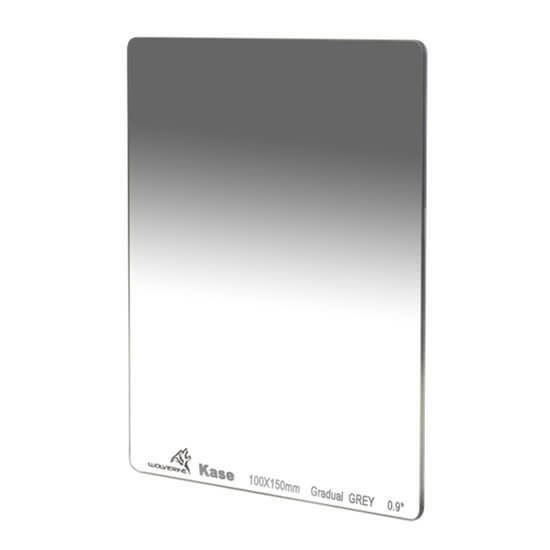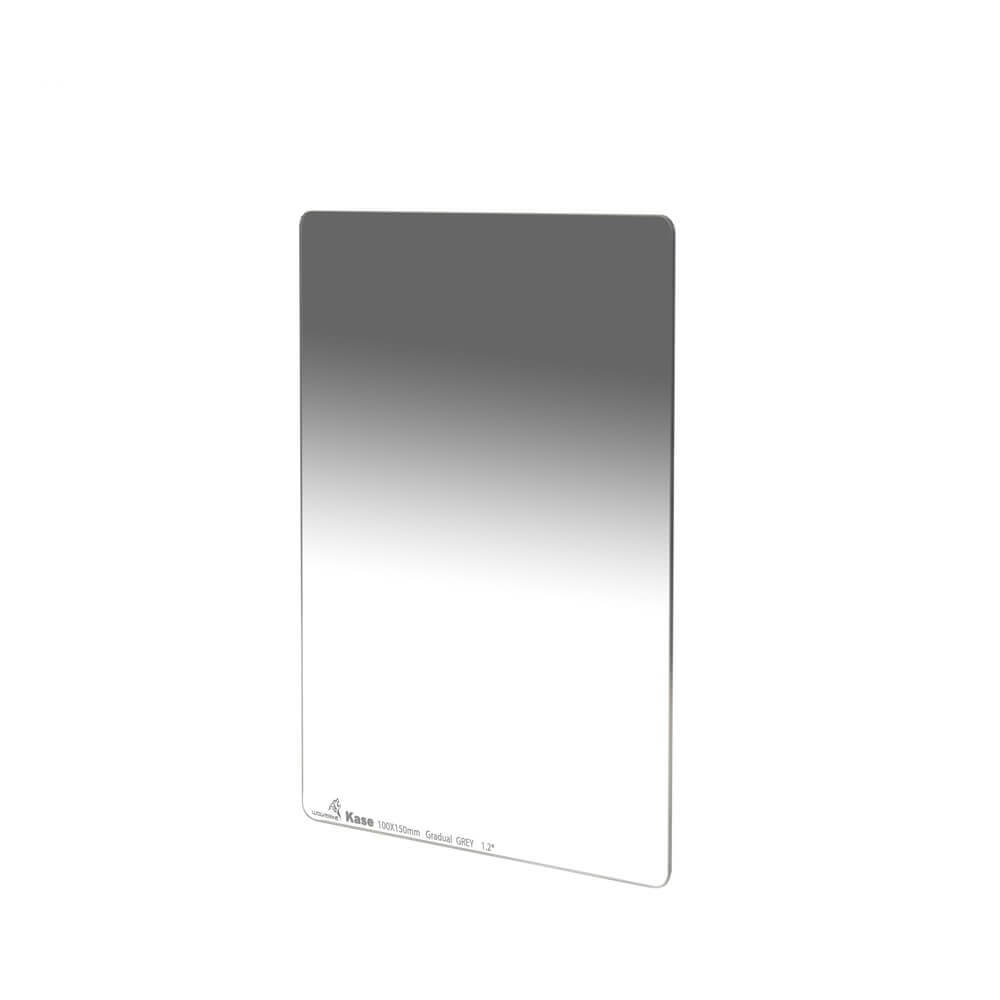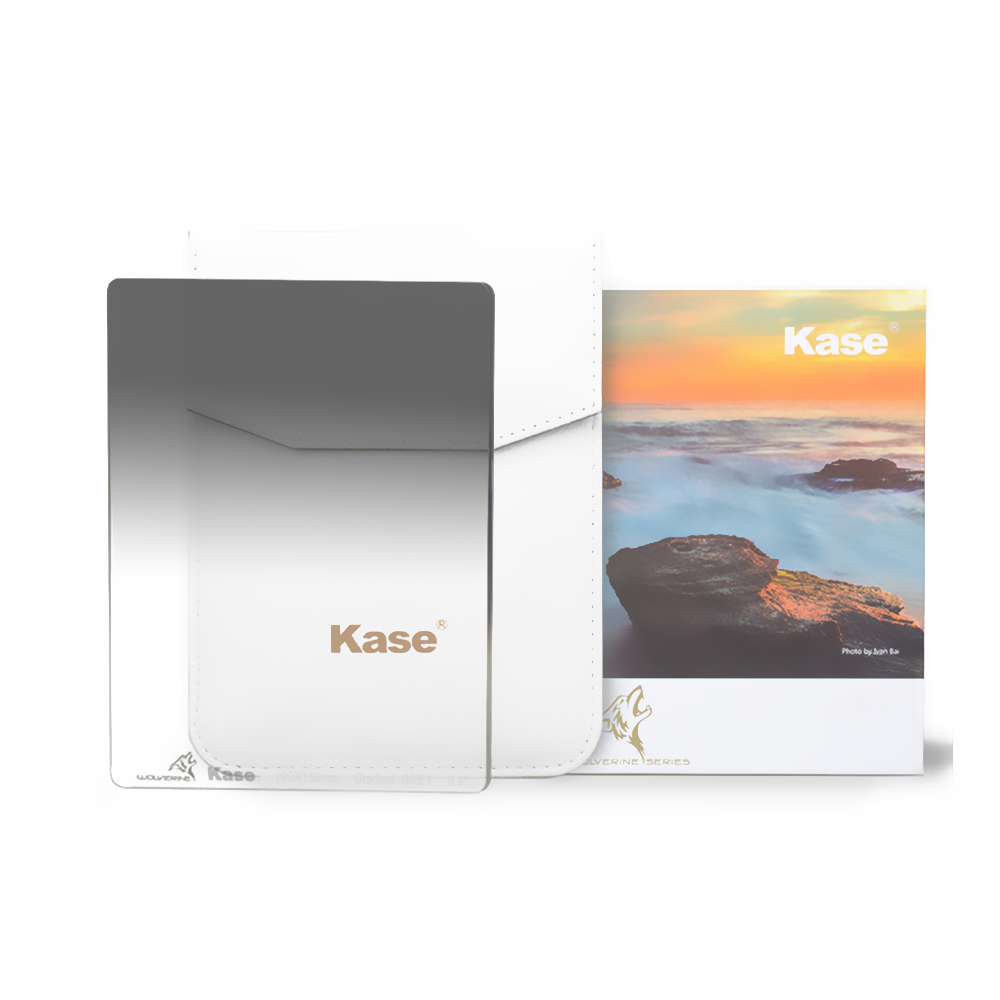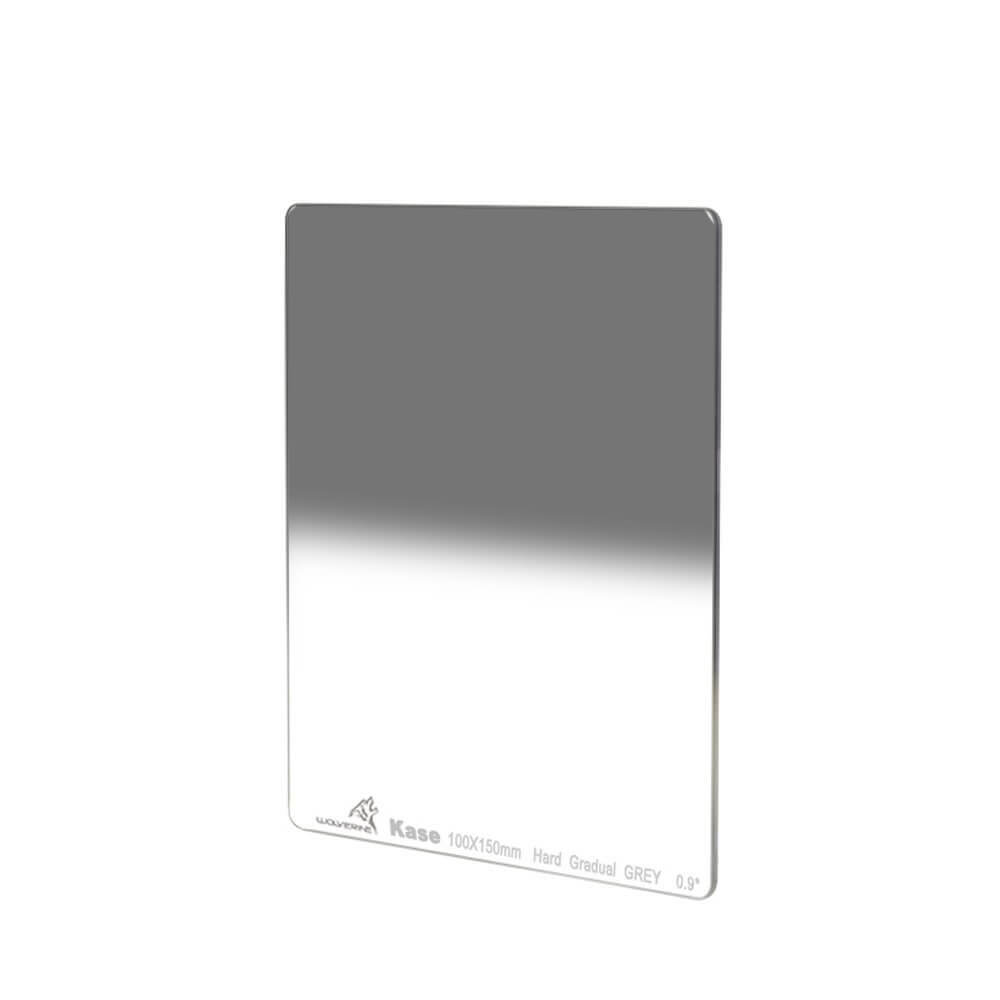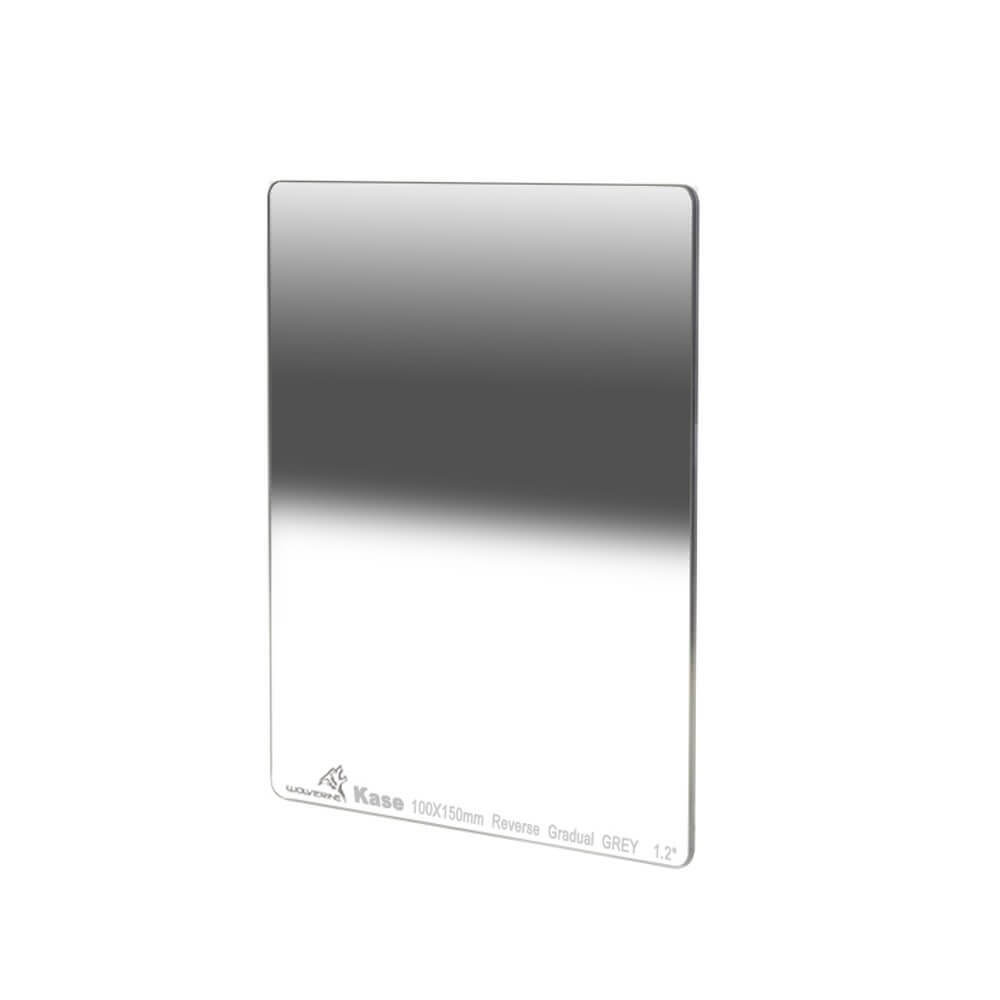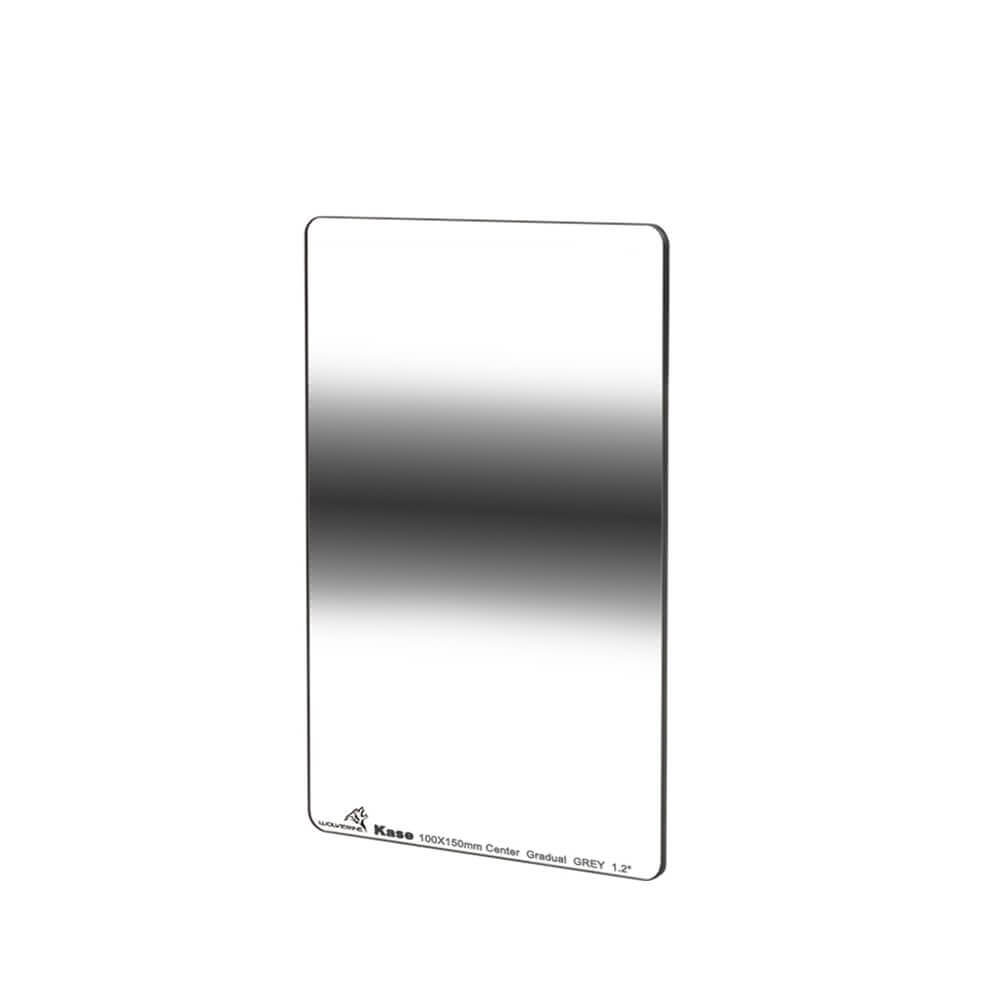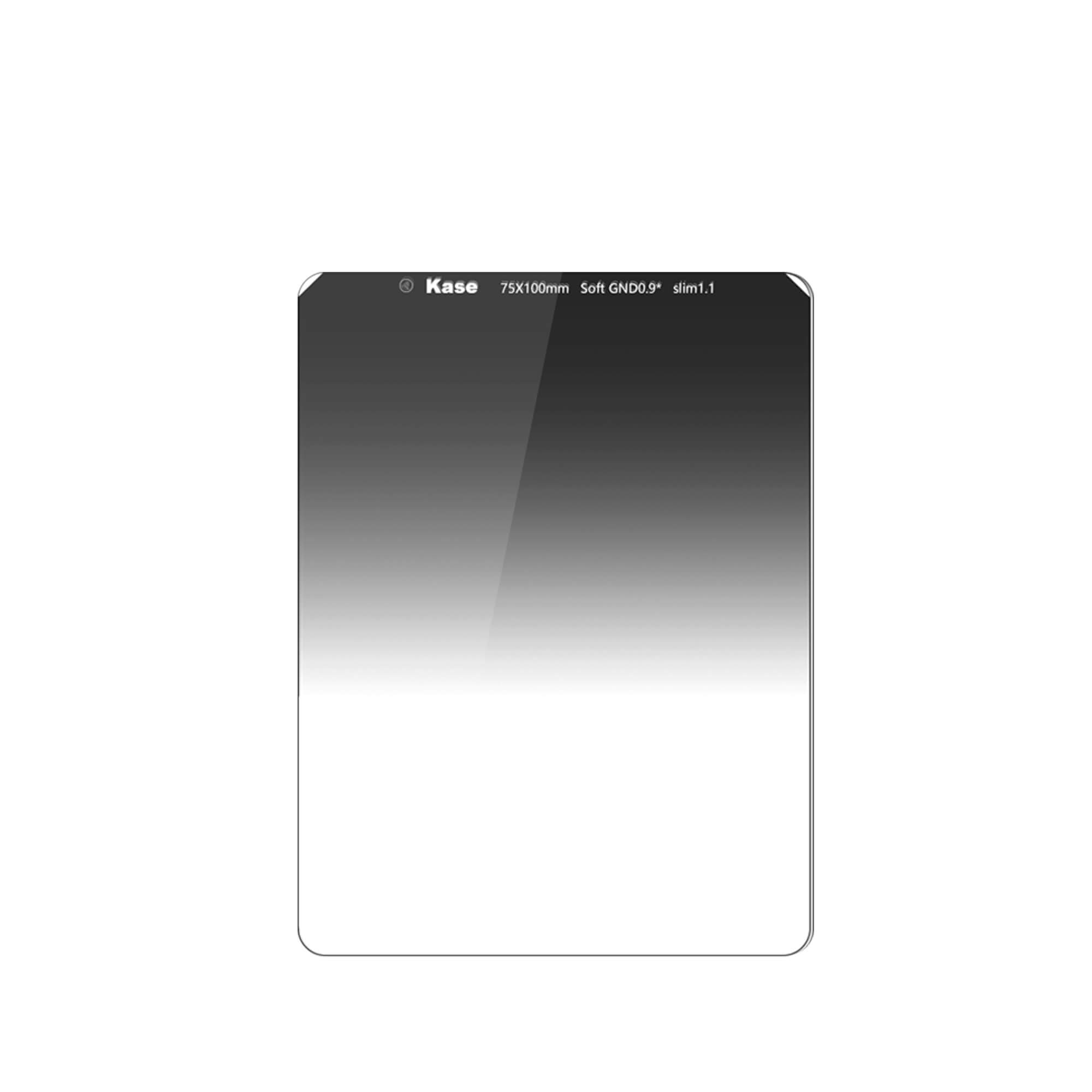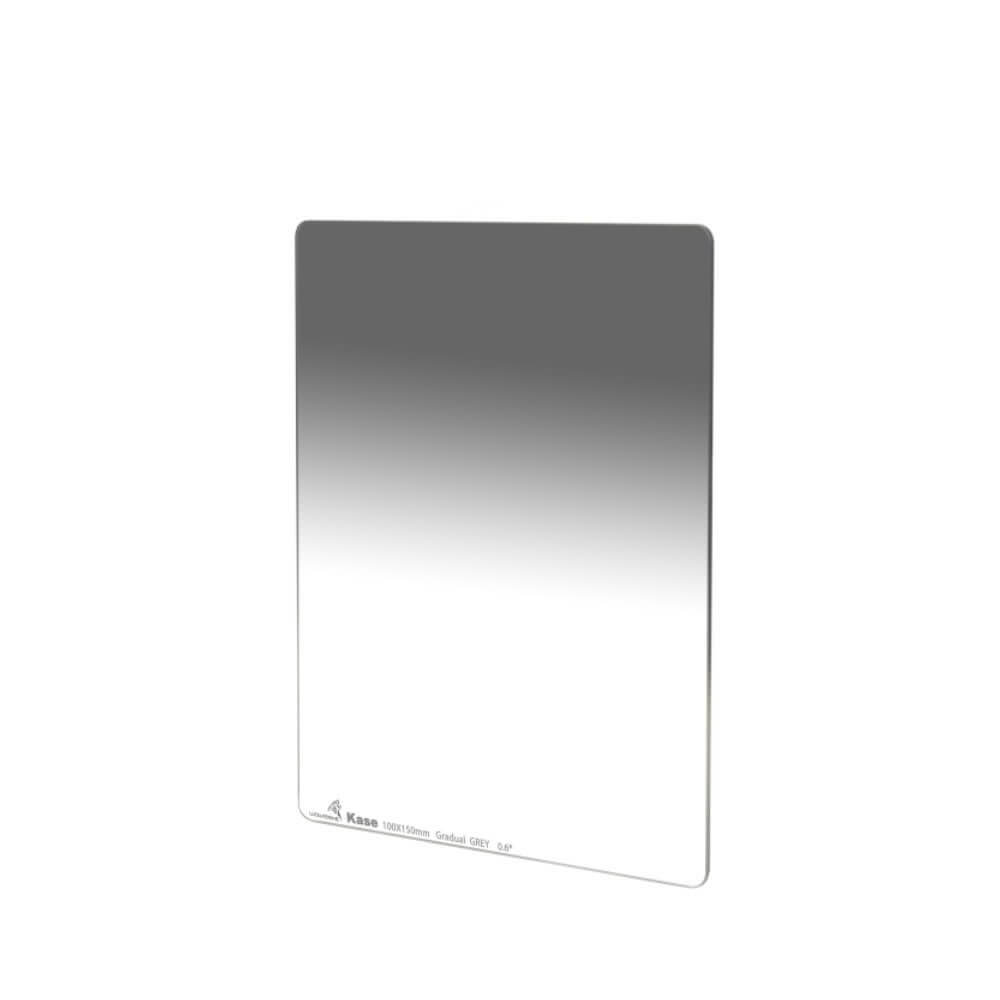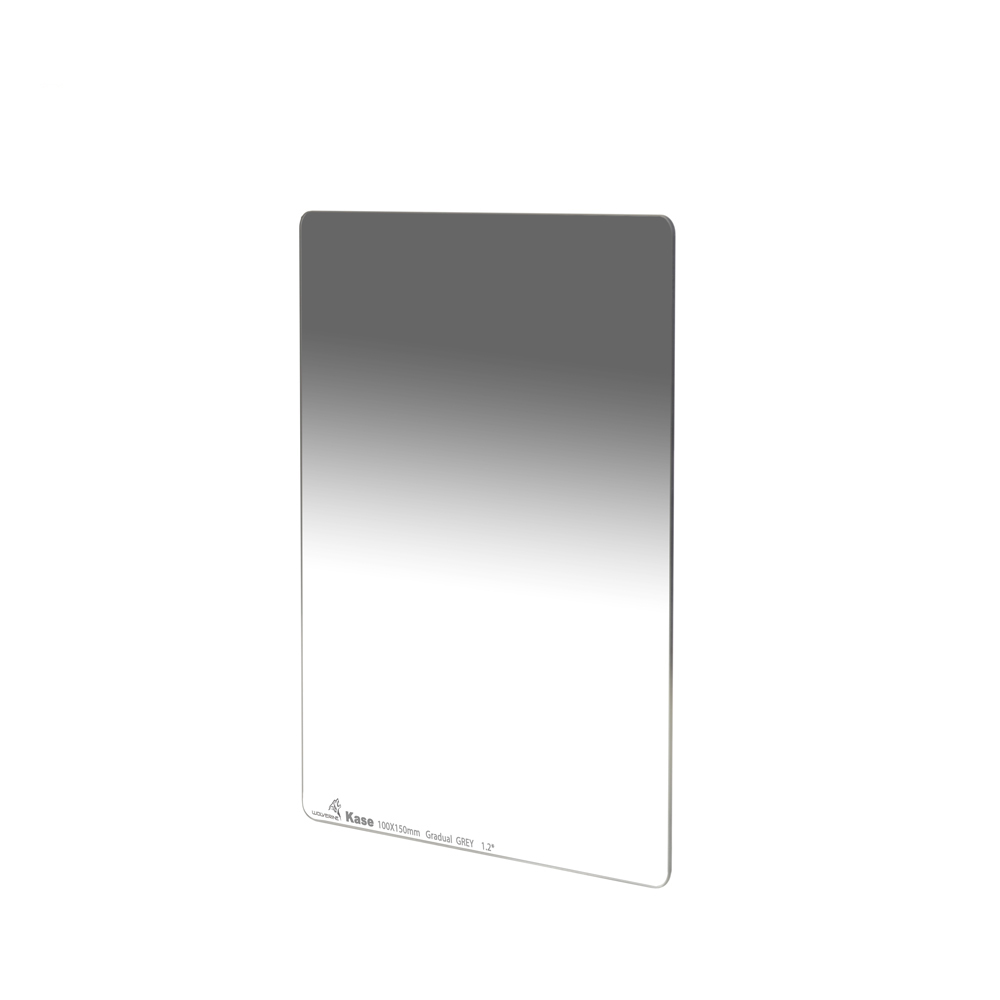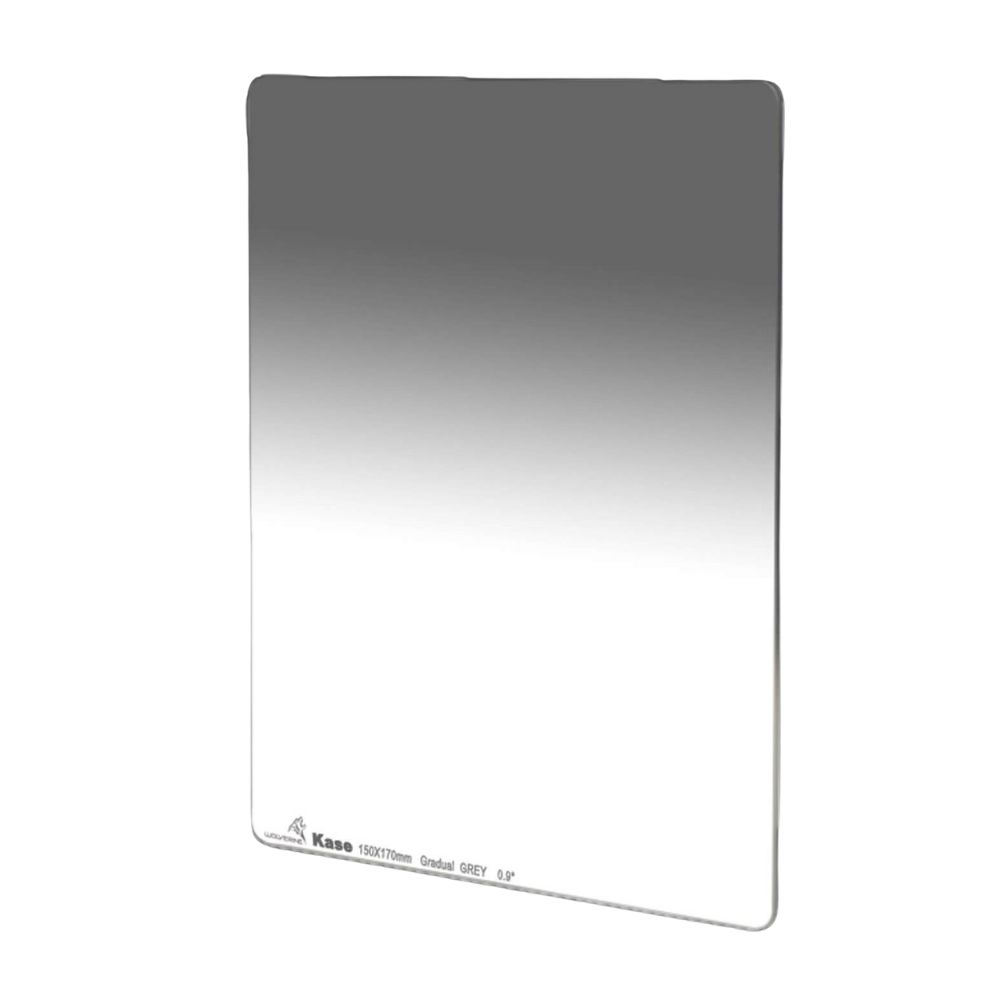
Square and rectangular graduated neutral density (GND) filters from Kase
Discover our selection of rectangular graduated ND filters, which have been specially developed for use with our filter holders. These versatile filters are an essential accessory for those who want to create stunning landscape shots.
Filter products
In Stock
In Stock
In Stock
In Stock
In Stock
In Stock
In Stock
In Stock
In Stock
In Stock
Preorder possible
In Stock
Balance exposure and take creative photos with Kase rectangular ND filters
Our square graduated neutral density filters seamlessly blend the transitions between different lighting conditions, resulting in balanced exposures and captivating images. They allow you to control the light in different areas of your image and help you achieve the desired effect.
Whether you're shooting sunsets or city skylines, these filters ensure optimal light transmission and exceptional colour fidelity. Experiment with different gradients to add drama, depth, and visual interest to your images.
What makes Kase Wolverine graduated ND filters so special?
Our Kase Wolverine graduated filter series is ideal for quality shots in difficult lighting conditions.
- The Kase Wolverine series has excellent colour neutrality
- High-precision optical glass, which is also impact-resistant
- Oil and water-repellent coating makes GND filters very easy to clean
- Easy to use with a suitable filter holder
FAQ about square graduated ND filters
What is a GND filter and how does it work?
Graduated neutral density filter (GND) is a glass that is transparent on one side and darkened on the other side. The filter's centre is where the dark and clear halves meet, and the transition between them varies depending on the filter type. These filters are commonly used in landscape photography to balance the exposure of a scene that has both lighter and darker areas, such as the sky and foreground. While the human eye can perceive a wide range of light and shadow, modern camera sensors still cannot reproduce the same dynamic range. GND filters can effectively help the camera sensor capture the dynamic range of a scene with a single exposure.
What are the advantages of square graduated ND filters over circular ones?
In comparison to circular filters, square and rectangular graduated neutral density filters provide greater flexibility in composition and are compatible with various lens sizes. With precise gradation control, you can align the filter transition with the scene's elements, ensuring a balanced exposure. Square filters allow easy stacking without introducing the risk of vignetting, which may occur with circular filters sometimes.
What filter holder should I use with Kase square graduated ND filters?
You can find a suitable filter holder for your lens in the filter holder category or in the square filter sets category, where we offer you practical sets so that you can start taking landscape shots straight away. Our Wolverine series filters are available in sizes from 75 mm to 175 mm. In combination with a suitable filter holder, there is a suitable size for almost every camera and lens.
What are the types of square GND filters and when to use them?
- Soft graduated ND filters: Ideal for scenes with gradual transitions between dark and light areas, such as landscapes with a softly lit horizon.
- Hard graduated ND filters: Suited for scenes with a distinct and abrupt transition between dark and light areas, such as a flat horizon with a clear separation between land and sky.
- Medium graduated ND filters: A compromise between soft and hard edge filters, suitable for scenes with a moderately gradual transition.
- Reverse graduated ND filters: Designed for scenes where the brightest area is near the horizon, like during sunrise or sunset.
When should I use a GND filter?
Use a square or circular graduated neutral density filter when capturing scenes with varying light intensities, such as landscapes with a bright sky and darker foreground, sunrise or sunset scenes, cityscapes with bright lights, or seascapes with reflections. GND filters help balance exposure by gradually reducing light transmission from the top to the bottom of the filter, ensuring details are preserved in both bright and dark areas. They are particularly useful when you need to get a well-exposed image in a single shot, eliminating the need for multiple exposures or extensive post-processing.













